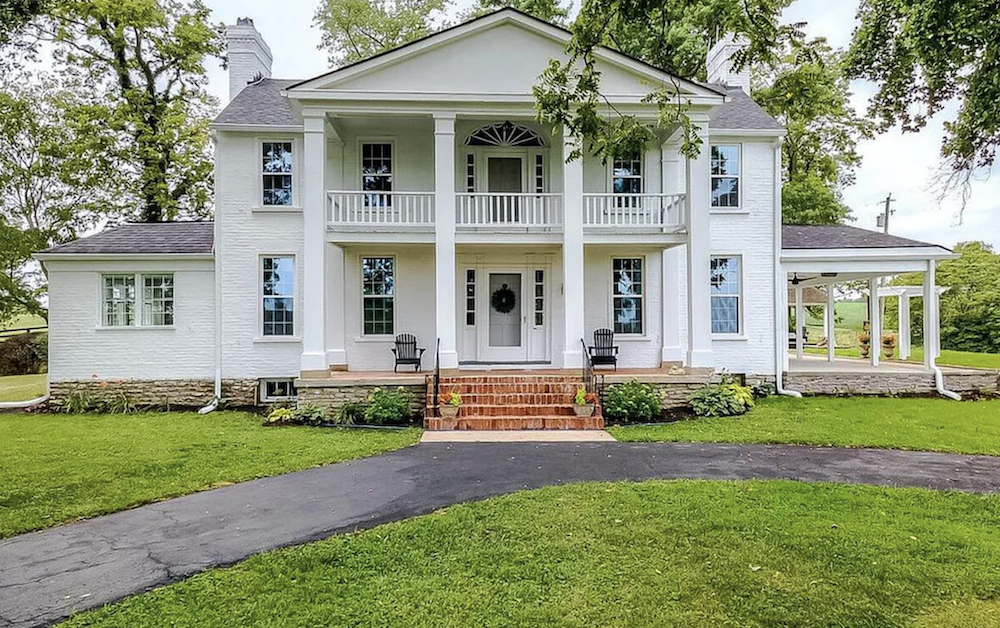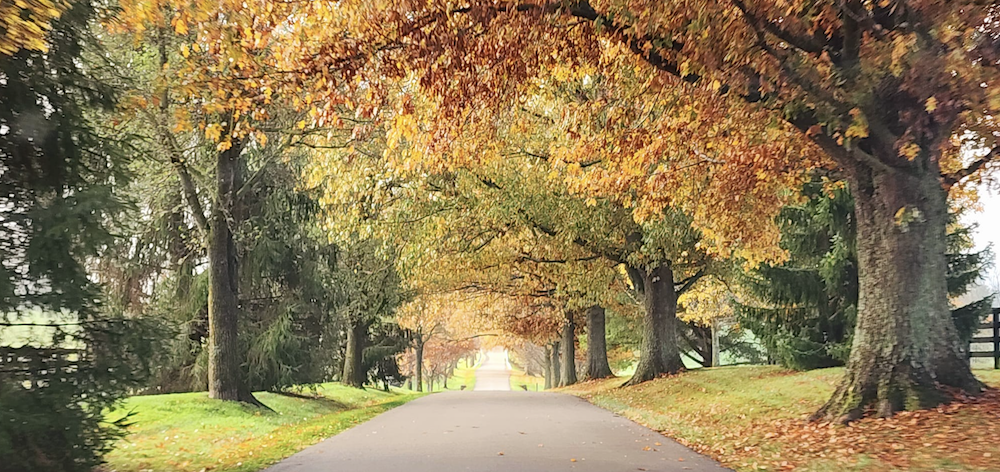
The History Beneath Our Hooves: Discovering the Roots of Bel Cavallo
Before Bel Cavallo became a future-forward horse farm, it was part of a rich lineage of Kentucky land—ground shaped by centuries of stories, settlement, and craftsmanship. As we dream ahead, it feels only right to honor those who came before us and the deep history that lives beneath every step we take.
A Legacy We’re Proud to Continue
The Forks of Elkhorn area, where Bel Cavallo now stands, has long been a crossroads of early settlement, commerce, and community in Kentucky. Nestled at the convergence of Elkhorn Creek just east of Frankfort—and bordering Woodford and Scott Counties—this region was once a hub of navigation and trade. In fact, as early as 1819, the state legislature passed an act to improve navigation on Elkhorn Creek, a sign of its importance to those who farmed and traveled through here.
Local legend adds a romantic touch to the area’s name. As the story goes, an Indian maiden and a young brave, forbidden lovers, fled together on the back of a friendly elk. After a dramatic chase by her betrothed—the tribe’s chief—the elk was finally struck by an arrow. As the elk fell dying, it curled its great antlers around the pair, a final act of protection that stilled the chief’s fury and brought the chase to an end. Where the elk’s horns fell into the ground, water soon flowed, forming what we now know as Elkhorn Creek.
From early settlers and church founders to horse breeders and craftsmen, generations have left their mark on this land. Names like Macklin, Bedford, Lewis, and Sanders appear across property records and church rosters dating back to the 1800s—reminding us that Bel Cavallo is built on more than just soil. It’s built on stories, some documented and many passed down, carried in the breeze and rooted in the ridgelines.
(Source: Historical data adapted from Kentucky Genealogy.)
The Macklin Legacy
In the early 1800s, Alexander Walker Macklin Sr. (1799–1863) was a prominent figure in Franklin County, Kentucky. A farmer and manufacturer, he played a significant role in developing the local agricultural economy. According to local records, Macklin built a massive stone dam on South Elkhorn Creek in 1843, creating a millpond that would become a recognizable landmark in the region. His work as a landowner and community figure placed him at the heart of the area now known as Elkhorn Hills.
Alexander Walker Macklin Sr. was laid to rest in the Forks of Elkhorn Baptist Church Cemetery, not far from Bel Cavallo. You can visit his memorial here: Alexander Walker Macklin Sr. – Find A Grave
(Source: Information adapted from regional historical context materials and local heritage references. If you have more details about the Macklin family or Elkhorn Hills history, we’d love to hear from you.)
The Builder Behind Our Home
The man who physically brought our farmhouse into being was Alexander’s descendant, Bedford Macklin (1875–1953). Bedford built the house that now sits at the center of Bel Cavallo sometime around the late 1920s or early 1930s after a fire destroyed the previous structure on the back side of the original 100-acre estate.
Though not as widely documented as his father, Bedford was known in the area for his craftsmanship, and some materials from earlier buildings—like brick and timber believed to have been salvaged from decommissioned coal barges—were incorporated into the house. According to past ownership accounts, those original beams now support the floors we walk on today.
Bedford Macklin is also buried at Forks of Elkhorn Baptist Church Cemetery, where his memorial can be found alongside that of his father. You can visit his memorial here: Bedford Macklin – Find A Grave
Carrying the Story Forward
While Bel Cavallo is a modern project, our roots run deep. The vision for our farm was never just to build something new—but to build with respect, intention, and care on ground that has supported life, labor, and legacy for centuries.
We are grateful to steward a piece of Kentucky’s history and to share this land with the spirits of those who dreamed here long before us. As we bring broodmares, foals, and future champions to Bel Cavallo, we carry that history with us—quietly present in the land, the stone, and the stories passed down.
To us, it’s more than a farm. It’s a continuation of a story, and we’re honored to be one chapter of it.

